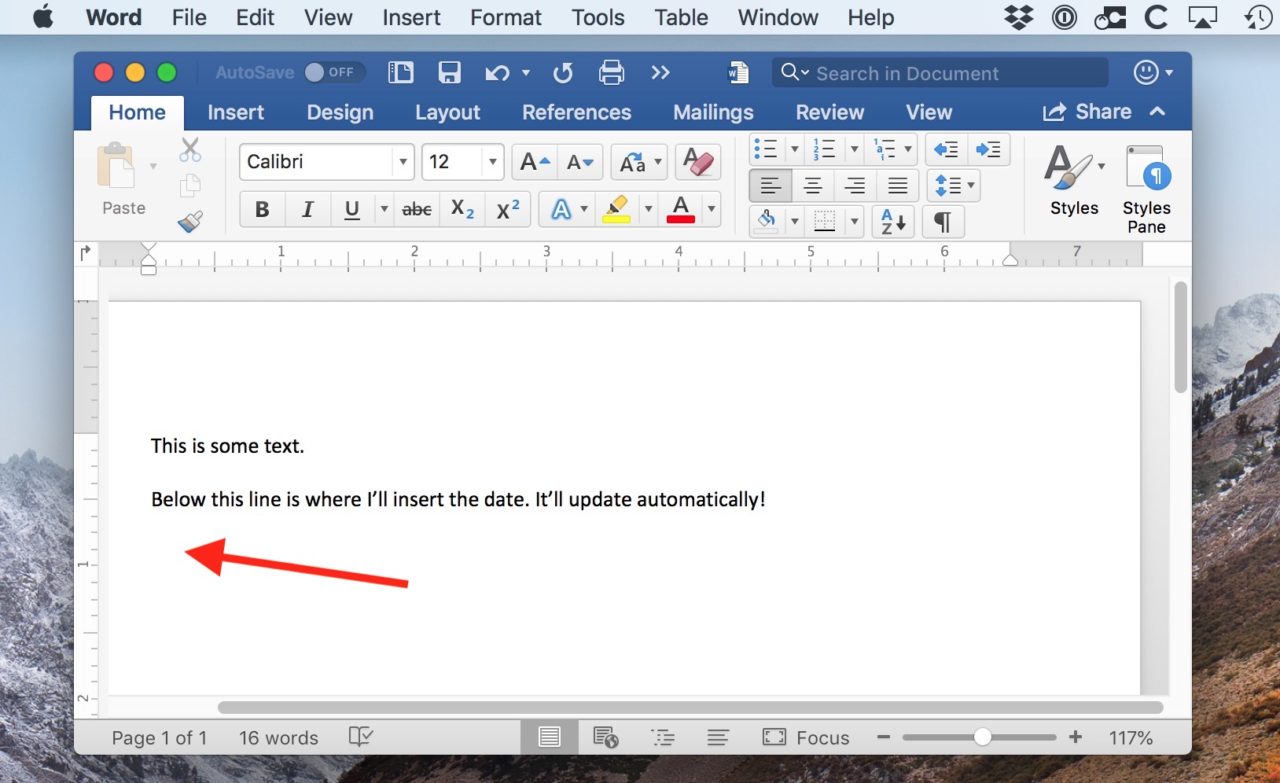
This security feature requires that you use Microsoft’s Information Rights Management (IRM) tools, which also means that you’ll need a volume license edition of Office 2011 and a Microsoft Rights Management server, but the upside is that you’ll have much finer control over what other users can do with the documents you create.

Word 2011 includes support for Microsoft SharePoint, SkyDrive, simultaneous document editing, the option to communicate with others while you edit documents together, and improves the control you have over the kinds of rights users have to review and edit documents. Word 2011 has significantly improved collaboration tools, making it obvious that Microsoft now considers Word for Mac, and thereby the Mac itself, to be an enterprise-level work tool. King of the Word: Word’s new UI unifies the interface between Mac and Windows versions and offers Spotlight-like find and replace tools. And because you’re able to hide the Ribbon, you can get it out of the way when all you want to work with are words. While initially the Ribbon may seem daunting to master, in practice I found that I wasn’t wasting time looking for the tools I needed to get my work done. If you’d rather not use the Ribbon, you can hide it. Inserting an image into a document? The Ribbon contains everything you need to resize, color correct, wrap text around, or otherwise format that image. Adding a table or a chart? You’ll find a complete set of tools for editing and formatting the same. Working on a word processing document? The Ribbon displays a set of text formatting tools.

Word 2011 has the Ribbon, an intelligent, customizable toolbar that provides you with a set of formatting tools suited to your current task.


 0 kommentar(er)
0 kommentar(er)
